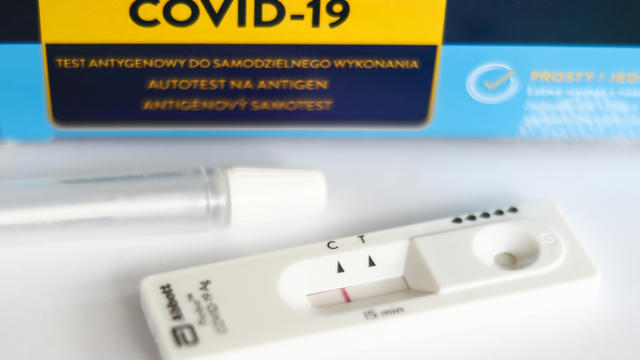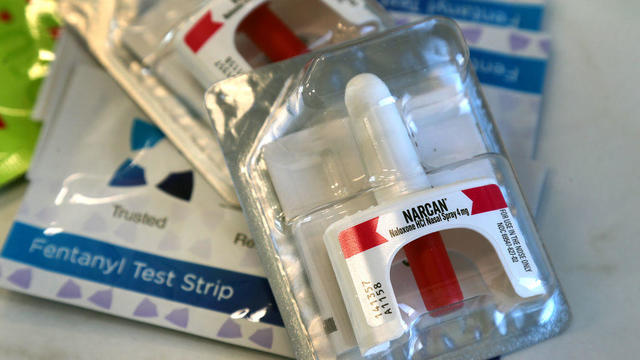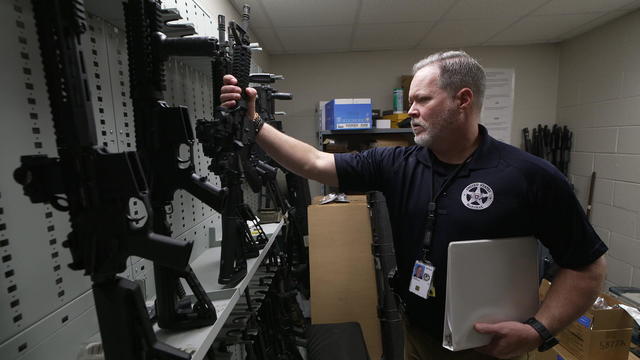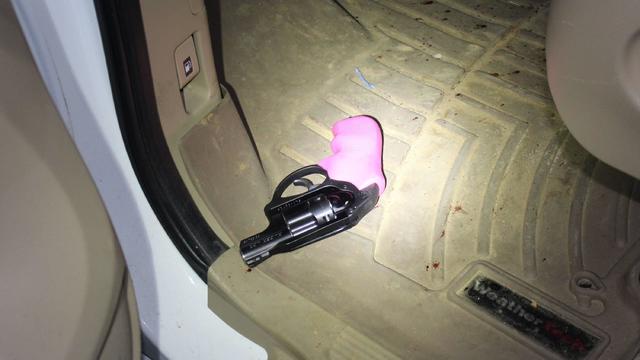How long does meal kit food stay fresh?
You did it. You made the switch to meal kits, after accepting all the ways that meal delivery services make life easier -- and often healthier and less expensive. As you put away ingredients in your fridge, freezer, or pantry, you may be wondering: How long will all of this food keep?
Meal kits are great for large families and couples looking to save some time and money on meals, but it can be a bit of a brain teaser to plan a week's worth of meals without meat, seafood, and other ingredients going bad. This is doubly apparent if you live alone, with most meal kits shipping you two- or four-serving meals.
So how do you prioritize ingredients and dishes while avoiding food waste? Here's a look at the shelf life of most meal-kit meals and ingredients.
How long does meal kit food stay fresh?
When a meal kit lands on your front door, its contents should be promptly taken inside and properly stored within two hours (one hour if it's a hot summer day). Thankfully, most meal delivery services provide accurate delivery updates via email, so it's best to time your schedule accordingly.
Meal kits like Blue Apron recommend preparing any and all meal kit recipes within seven days of receipt (four days for fully prepared meals). Blue Apron is one meal kit service that is transparent about its food safety practices, from FDA-regulated facilities to proper employee training, so you know your meal deliveries are in good hands.
How long different meal-kit ingredients tend to last
Certain foods will last longer than others. Fresh meat generally lasts up to five days in the fridge, while poultry and seafood only stays fresh for two to three days, tops. Here's a list of recommended storage times for certain ingredients:
- Raw eggs: Three to five weeks refrigerated, 12 months frozen (beaten, not raw)
- Most sauces: Four to five days in the refrigerator
- Fresh beef, veal, lamb, and pork: Three to five days refrigerated, up to 12 months frozen
- Soups and stews with vegetables or meat: Three to four days refrigerated, two to three months frozen
- Pies: Three to four days refrigerated, freezing not recommended
- Fish (cod, haddock, salmon, tuna, etc.): One to three days refrigerated, two to eight months frozen
- Fresh chicken or turkey (whole or shredded): One to two days refrigerated, nine months to a year frozen
Fruits and vegetables have varying lifespans depending on what you're storing. Strawberries, raspberries and the like only keep for two to three days in the fridge, while less fragile blueberries can last up to two weeks (or one year if frozen). Ripened bananas usually last three days in the fridge, while citrus fruits can tough it out for up to three weeks if chilled in the fridge.
Out of your meal kit box, fresh-vegetable-based meals should be prepared first (same with seafood and chicken dishes). Here's a rundown of how long most of your veggies will last out of the box:
- Tomatoes: One to two weeks on the countertop
- Broccoli and cauliflower: Three to five days in fridge
- Lettuce and other leafy greens: One week in the fridge (a few days less if it's pre-packaged or bagged)
- Avocados: Three to four days in the fridge, once ripe
- Potatoes: Several months in a cool, dark location like a pantry
- Other root veggies (carrots, turnips, etc.): Two to three weeks in the fridge
- Garlic: Two to three weeks in a cool, dark location
- Onions: Up to two months in the fridge
Food safety practices for keeping meal kit food fresh longer
Food that is left out at room temperature for too long is at risk of developing bacteria -- after two hours, it's time to toss it and figure something else out for dinner.
But what about the delivery process itself? Meal kits come with insulated packaging that keeps food cool during transit, so you typically don't need to worry about the time it took a meal kit delivery to reach your door.
One food safety best practice, when it comes to meal kits, is to examine your delivery when it arrives. Is there frozen gel (a common meal kit choice for keeping foods cool) or dry ice present to protect perishable foods? Is the box itself intact? Frozen ingredients should still be fully or partially frozen with visible ice crystals and everything should be cool to the touch.




























































